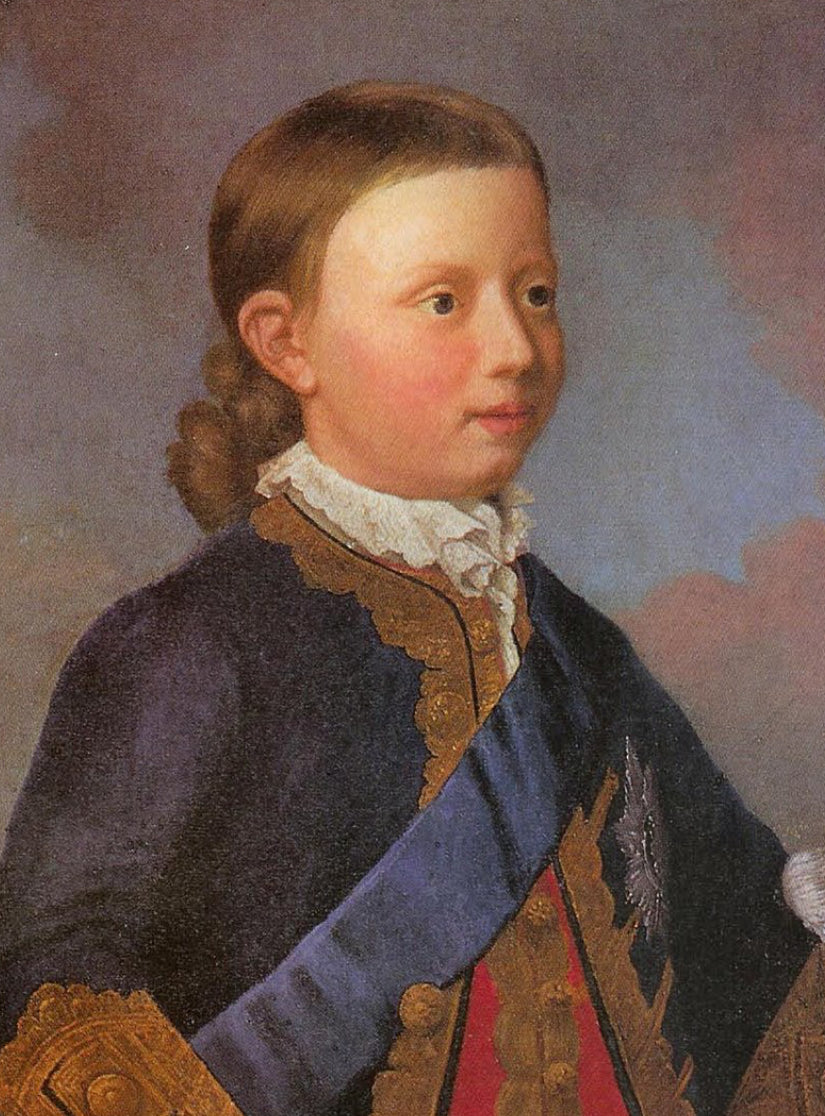Willem V of Orange – A Prince in Portraiture, Power and 18th-Century Elegance

Share
In the world of 18th-century portraiture, few figures combine dynastic symbolism and youthful charm as vividly as Willem V, Prince of Orange (1748–1806). Born into one of Europe’s most influential noble houses, his childhood likeness captured in prints and paintings offers a rare glimpse into both the personal and political world of the Dutch Republic.
 .
. 
The Child Prince in Portraiture: Symbolism and Style
The earliest known portraits of Willem de Vijfde present him not just as a child, but as a miniature statesman. One particularly striking engraving (published by Isaak Tirion in 1759) shows the young prince around the age of 10, dressed in full regalia with an embroidered jacket, sash, and lace cravat traditional symbols of nobility, duty, and hereditary authority. Despite his youth, the composition frames him in a sober, mature posture, underscoring the weight of expectation carried by heirs to the House of Orange.
Artists and engravers, such as A. Schouman and J. Punt, deliberately chose neoclassical oval frames and reserved backdrops, aligning the prince’s image with Enlightenment ideals of order and rational dignity. These works were more than family records; they were public statements of stability in times of shifting alliances and internal pressures within the Dutch Republic.
A Life Framed by Responsibility
Willem V was only three years old when his father, Willem IV, died in 1751. As a minor, he grew up under the regency of his mother and later a council of nobles, until he officially assumed power in 1766. His reign as Stadtholder (Erfstadhouder) of all the United Provinces marked the last phase of the Dutch Republic before the French invasion and eventual founding of the Batavian Republic.

As an adult, Willem V maintained strong ties with Britain and Prussia, and was known for his conservative views, military interests, and lavish court life. His patronage of the arts included the founding of the Stadtholder’s collection, the precursor to the Royal Picture Gallery Mauritshuis.
Despite political turbulence, his visual legacy remained consistent: portraits continued to present him in carefully stylized military uniforms with golden buttons, embroidered cuffs, and powdered wigs uniforms that fused courtly fashion with national identity.
Fashion & Power: The Language of 18th-Century Attire
Throughout his life, Willem V was depicted in clothing that blended opulence with formality mirroring the refined tastes of European courts in the Rococo and pre-Neoclassical periods. His attire often included:
-
Velvet and silk coats, adorned with gilded frogging and lace cuffs
-
Sashes and star-shaped orders (notably the Order of the Garter and the Order of the Elephant)
-
Powdered wigs, typically white, arranged in neat curls or a single ponytail
-
Military dress uniforms, styled in the Prussian fashion, especially in portraits from the 1770s onward
This attention to fashion was not mere vanity. In portraiture, clothing was visual rhetoric: it conveyed lineage, values, alliances, and political posture. Painters like Jean-Baptiste Perronneau and Hendrik Pothoven captured this interplay of elegance and authority with astonishing clarity.
A Cultural Legacy in Paint and Print
Today, the childhood portraits of Willem V remain not only fascinating historical documents but also objects of cultural storytelling. They reflect a time when children of royal blood were raised not in innocence, but in the spotlight of dynastic symbolism.
Collectors, historians, and lovers of portraiture value these works for their delicate line work, rich historical context, and the way they bridge personal identity and political function in the visual arts.
Whether encountered as a delicate engraving in an 18th-century book or as a luminous oil painting in a museum, the image of Willem V remains a compelling symbol of a fading era. The final breath of the Dutch Republic wrapped in silk, lace, and gold-threaded ambition.

